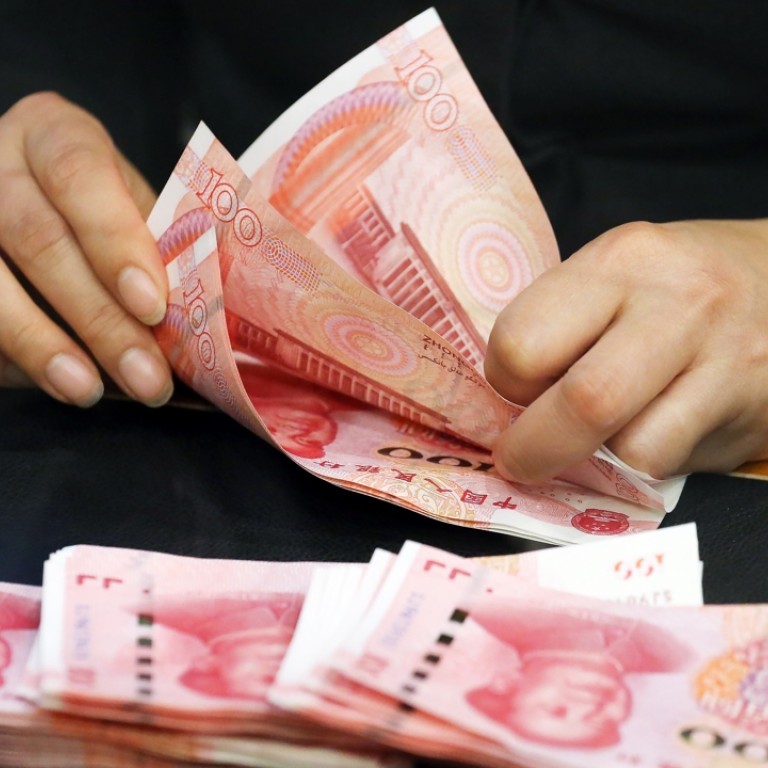
Beijing has confused yuan’s inclusion in International Monetary Fund’s Special Drawing Rights with winning a beauty contest
Yuan’s share in world’s foreign trade overemphasised and overstated
The yuan is expected to be a shoo-in for the International Monetary Fund’s reserve currency basket after its managing director Christine’s Lagarde’s public endorsement of the currency, but its inclusion may come with a lower weighting.
Business, November 30
Christine “Loose Cannon” Lagarde has done it again, shot off her mouth in enthusiasm for a cheering audience and forced compliance from her subordinates, only to have them backtrack at an early date.
It is simply not yet time to include the yuan in the International Monetary Fund’s Special Drawing Rights, the basket of currencies that serves as its rescue fund for deserving indigent countries.
These currencies at present consist of the US dollar, euro, pound sterling and yen. Inclusion among them is confused in Beijing with winning a beauty contest. The Peoples Bank of China wants in because having an SDR currency would be a mark of a big grown-up country.
Its pleas for inclusion have regularly been turned down on the grounds that Beijing still maintains a closed capital account, the exchange value of the yuan is too closely managed and the yuan is little used outside of China.
The PBOC thus took steps to get around these objections. It has pledged a gradual opening of the capital account, it has given trading in the yuan more of the appearance of an open market and, most of all, it has encouraged international payments in yuan.
Last month Christine Lagarde said it had done enough and the yuan should now be made an SDR reserve currency. Her subordinates apparently nodded but it has become plain that they were never entirely convinced and they now wish to limit the yuan’s weighting in the SDR basket.
They are absolutely right to be hesitant. China’s rich have little trouble evading capital controls but the man on the street in Chengdu still faces serious obstructions in converting his savings to a different currency and moving them abroad. The capital account is thus still closed despite the PBOC talk.
Trading in the yuan since mid-summer has also shown that the yuan is still closely rigged by the PBOC. Massive private capital flight has pulled away the disguise of a market-led exchange rate.
Most of all, the appearance of international trading and payments in yuan is now looking very much like an illusion.
In the first place, the IMF has placed too much emphasis on share of global exports in its deliberations. China’s export currency is not the yuan but the US dollar, which Beijing tacitly admits by denominating its export statistics in US dollars.
It has encouraged foreign traders to accept yuan and they have done so to some extent, particularly in Hong Kong, but mostly as a way of speculating on continued yuan strength.
It has not been a winning strategy this year and the yuan has now proved itself only a fair weather friend to investors outside of China. The chart shows you, for instance, how closely holdings of yuan deposits in Hong Kong have matched movements of the yuan’s US dollar exchange rate.
The figures on the yuan’s share in the world’s foreign trade have in any case been overstated. They were largely based on the yuan’s share in letter of credit arrangements for trade and the mainland relies proportionately more on letters of credit than other countries do.
But the IMF loose cannon, a labour lawyer who wrecked the French government’s fiscal position as France’s finance minister and who got the IMF job only because it is a French sinecure, don’t you know, has spoken and now China is to be allowed in before its time.
There never was a good time to leave that decision to Lagarde.

